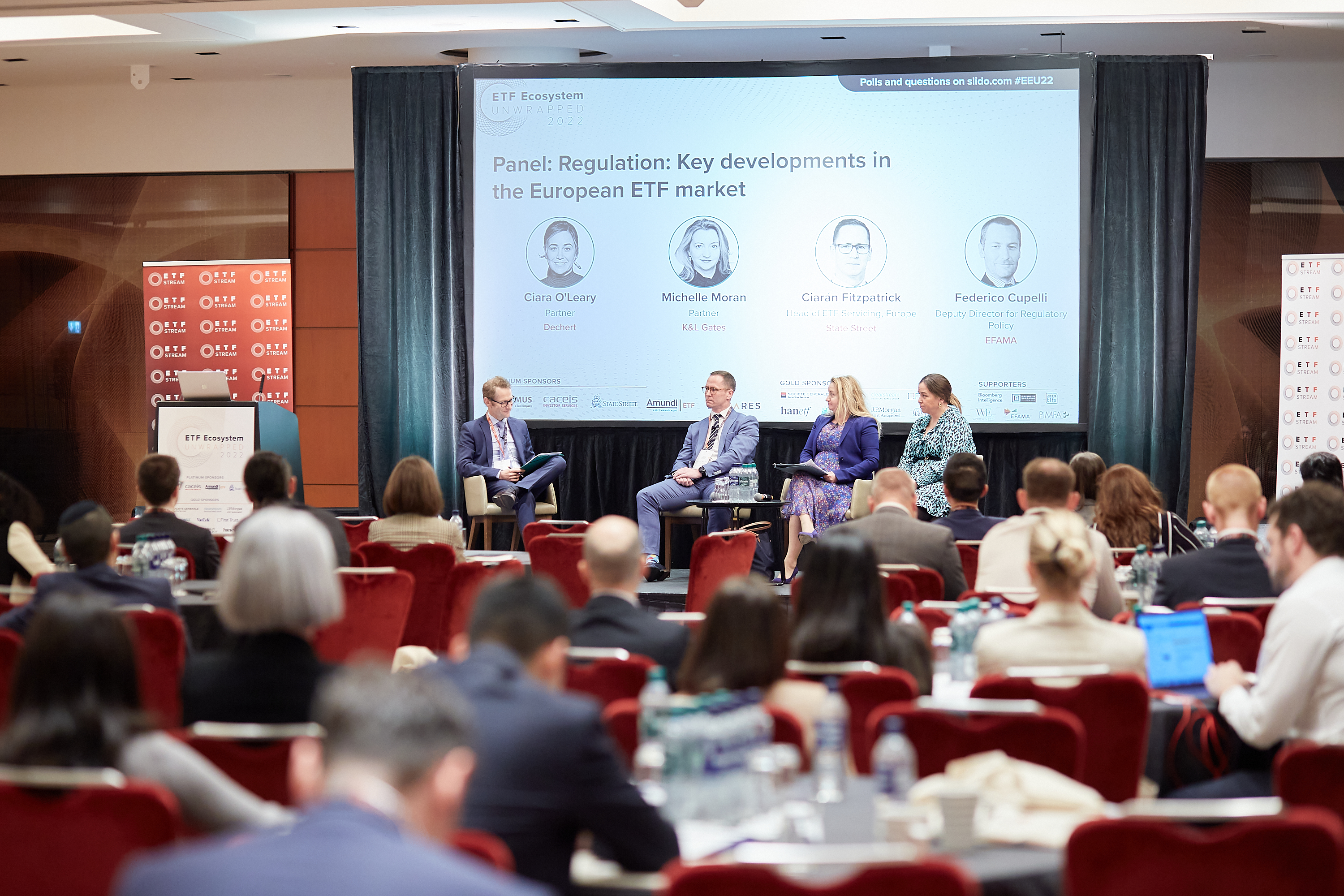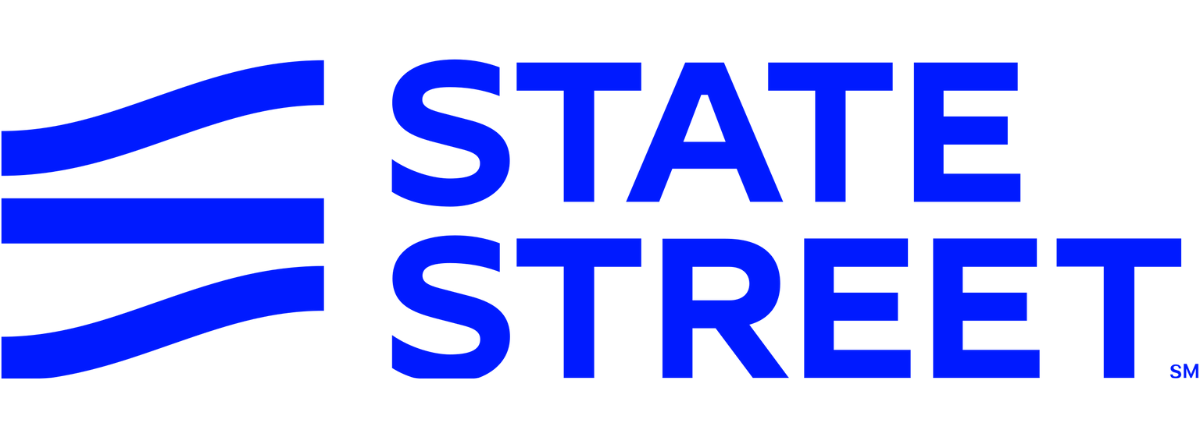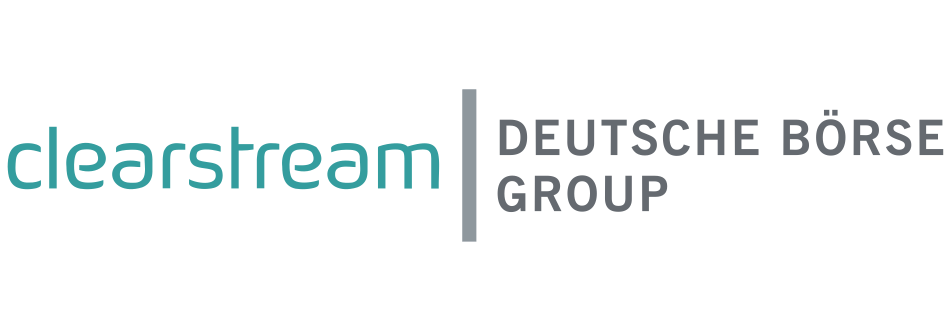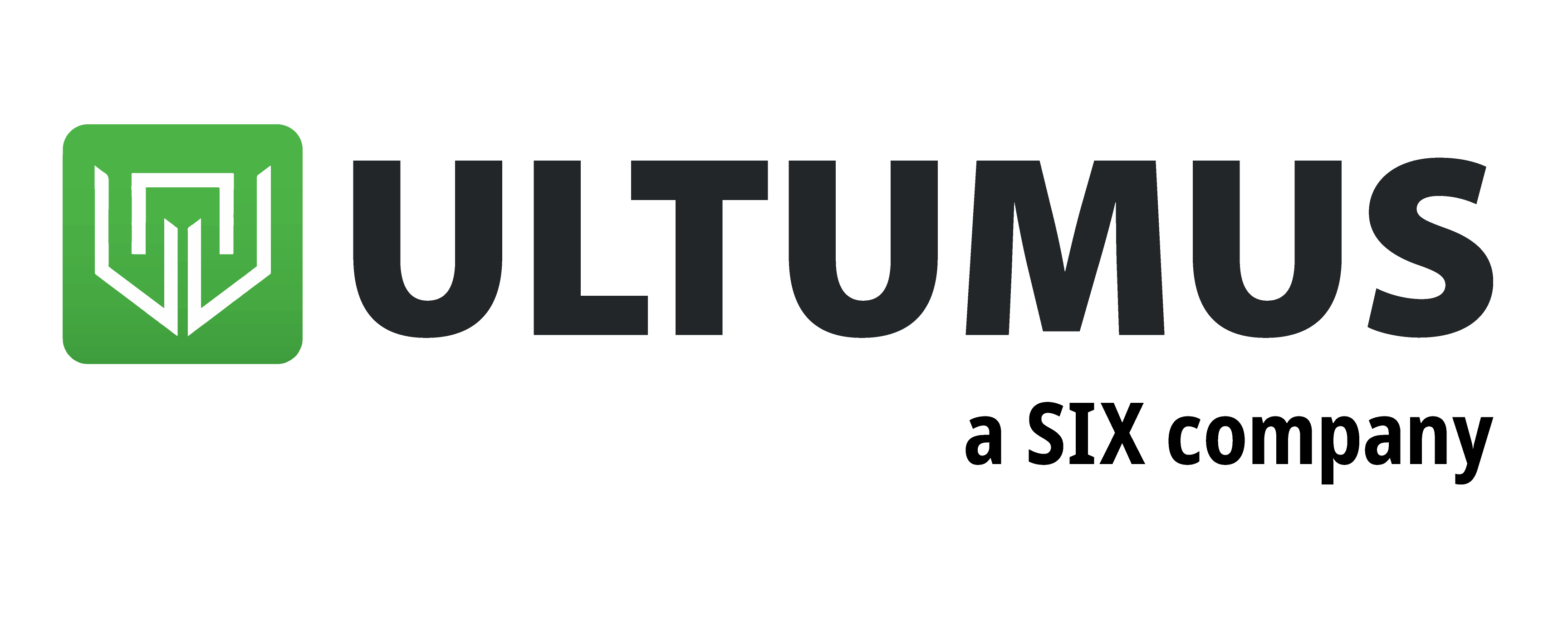The European ETF ecosystem is a moving feast when it comes to industry developments. The rise of technology and the evolution of regulation are two catalysts aiming to improve the efficiency of a fragmented market, so what does this mean for the future of ETF trading?
One of the biggest changes to take place in recent months is the introduction of the Central Securities Depositary Regime (CSDR) which came into effect at the start of February and aims to improve the settlement efficiency of ETF trades.
However, the months following have been less than smooth sailing for those enforcing the late settlement discipline – the Central Securities Depositories (CSD) – and market makers which have faced higher costs.
Outlining these concerns in an interview at ETF Ecosystem Unwrapped 2022, Allan Stewart, vice president for ETF sales and relationship management at Clearstream, said there was still a need to “inform and educate” market participants who are still getting used to rules.
He said the ETF industry’s connection between transactions on the primary and secondary market and pick up in market volatility in 2022 has created a challenging environment.
“There has been an international success of the ETF model in Europe but the international element is being caught up in CSDs and resulting timeliness issues and creating late settlement effectively,” Stewart said.
“For reasons well known to the ETF industry, notably the connection between transactions on the primary and secondary market, it is true that ETF transactions can be more prone to late settlement which is not so prominent for other asset classes.
“The fact the first quarter in 2022 has been quite volatile for reasons we are all aware of has not helped. Some ETFs have broad investment scopes and when international trading restrictions are being imposed this does complicate matters, in terms of settlement.”
Despite this, Stewart remains bullish the regulation will be for the greater good and achieve its goal of bringing cost efficiencies and said Clearstream could look at providing more tools such as dashboards so market participants can better monitor their settlement process.
“Our mission is to be the infrastructure through which transactions are settled,” he said. “When things are ironed out CSDR will operate smoother and more cheaply, penalty fees are not in our interest.”
Stewart was unable to disclose who had paid penalties so far as it is a “moving picture” but noted that it was the “usual suspects” that were being fined.
Removing friction in settlement
Another area that is causing pain for authorised participants (APs) and market makers is the number of different settlement models used by ETF issuers. Currently, there is no centralised settlement model, meaning APs must log on to whichever model the ETF issuer is using to settle a trade. This has helped cause huge dissatisfaction among APs. A recent KPMG survey of APs and issuers found that just 12% were happy with their service provider while 88% had mixed feelings.
Speaking on the future of ETF servicing at ETF Ecosystem Unwrapped, Ciaran Fitzpatrick, head of ETF servicing in Europe at State Street, this industry must work together in creating a more efficient market.
He gave an update on the application programme interface (API) currently being developed by State Street, which will attempt to create a standardised settlement model.
“We are building an API solution called Fund Connect so APs do not have to log into our portal. It will create a standardised messaging for order placement and dealing with model naming conventions,” Fitzpatrick said. “In Europe, we need to work together. We are not trying to build out Fund Connect just for State Street but for the industry.”
He added: “Investors ultimately bear the end costs of a fragmented market. It is not the APs and market makers taking the financial burden as costs are passed on down the chain. Reducing friction reduces the total cost of ownership to end investors, as the cost of doing business is reduced.”
Crypto settlement ‘shocking’
An area that has grown exponentially over the past 18 months is crypto trading. For all its digital innovation, inefficiencies in pricing and settlement have seen it labelled “laborious” and stuck in the “dark ages”.
In a session looking at how to bring more institutional assets to crypto, Bernie Thurston, CEO at Ultumus, said while there is more structure coming into the industry, issuers should probably slow down their product launches until the ecosystem is more capable of handling settlements.
“We are now beginning to see more and more structure being brought into the crypto industry,” he said. “The crypto providers were ‘low hanging fruit’ with the most product issues and least infrastructure in place.”
Responding to a question analysing whether crypto is still in the dark ages, Thurston replied: “Yes, very much so.”
In a separate panel, Fitzpatrick also noted the issues with crypto trading: “I speak to digital issuers, the settlement process is shocking. Moving coins from one wallet to another is taking days.”
Previously, Fitzpatrick said the crypto has brought the ETF market back to where it was a decade ago “when orders were being placed via faxes and confirmations being sent by email”.
There are however efforts to change this. Ultumus recently launched a platform called Cosmos which aims to address fragmentation in the exchange-traded product marketplace. In March, CoinShares signed up to the platform in a bid to streamline the creation-redemption process.
Fitzpatrick revealed State Street is also working on developments to enhance the service solution for digital assets.
“State Street has a dedicated digital team and licencing agreement with Copper to offer digital custody services,” he said.
This article first appeared in ETF Insider, ETF Stream's monthly ETF magazine for professional investors in Europe. To access the full issue, click here
Related articles





